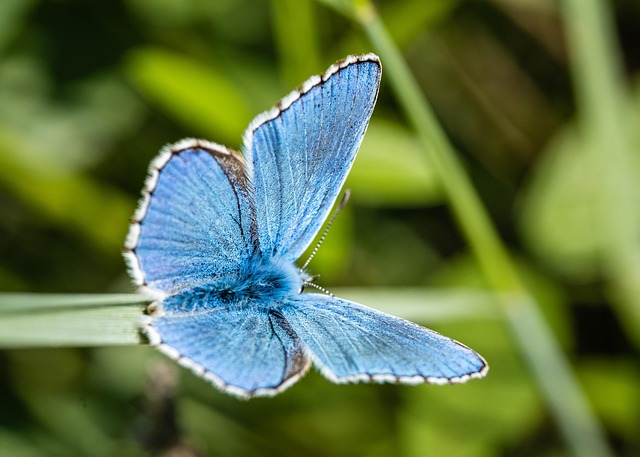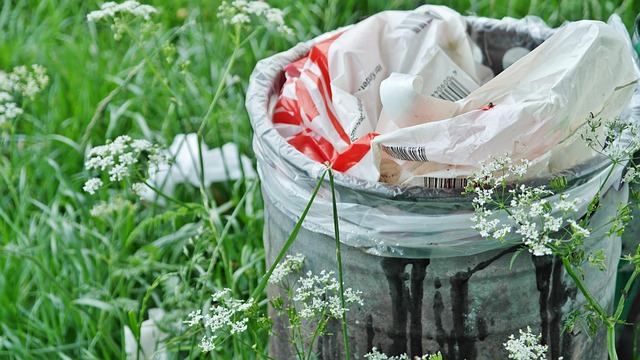Embracing Nature in Your Garden
Gardening is more than just a hobby; it’s a passion that connects us with the environment and allows us to contribute positively to our ecosystem. As we cultivate our gardens, we have the remarkable opportunity to play a role in increasing biodiversity in our surroundings. By nurturing diverse plant and animal life, we not only create a thriving habitat for many creatures but also foster a vibrant and sustainable environment.
Creating Nature’s Haven
Think of your garden as more than an aesthetic space; it’s a sanctuary for wildlife. When we design our gardens with the intention of increasing biodiversity, we invite beneficial species that can enrich the ecosystem. One of the first steps is to incorporate native plants. These plants are already adapted to your local climate and soil, and they provide food and shelter for local wildlife, including birds, bees, and butterflies.
Companion Planting
A harmonious garden is a product of careful planning. By practicing companion planting, you can create a symbiotic environment that supports various species. For instance, planting flowers alongside vegetables can attract pollinators, enhancing both your garden’s beauty and productivity. This approach not only promotes a diverse ecosystem but also reduces the need for chemical pesticides, aligning with eco-friendly practices.
Water Features: A Boost to Biodiversity
Consider adding a pond or water feature to your garden. Water attracts amphibians, birds, and beneficial insects, all of which are essential for increasing biodiversity. A small pond can serve as a drinking spot for animals and a breeding ground for frogs, while providing natural pest control throughout your garden. Surrounding your pond with native plants will enhance its natural beauty and make it an integral part of your garden’s ecosystem.
Reduce, Reuse, Recycle
In the spirit of green gardening, consider employing sustainable practices in your garden maintenance. Composting organic waste not only decreases landfill contribution but also enriches the soil, fostering a thriving garden. Additionally, using recycled materials for garden borders or pathways can add character while promoting a circular economy. This conscious effort contributes to the larger goal of sustainability and supports increasing biodiversity.
Creating Wildlife Corridors
Establishing wildlife corridors or stopping points can significantly enhance local biodiversity. These pathways can be as simple as a series of flower beds or a mix of shrubs and trees that connect different areas of your garden. By designing these spaces thoughtfully, you help facilitate the movement of wildlife, allowing them to thrive and flourish without barriers.
Engage with Your Community
Finally, your journey in green gardening can be amplified by engaging with your community. Share your experiences, swap seeds, and organize community gardening efforts dedicated to enhancing local biodiversity. When neighbors come together with a shared mission, the collective impact can result in healthier ecosystems for everyone involved.
As you continue on your gardening journey, remember that each plant, insect, and animal plays a role in the larger tapestry of nature. By focusing on increasing biodiversity, you not only beautify your surroundings but also ensure a thriving future for generations to come. Embrace the intrinsic connection we share with nature, and let your garden reflect your commitment to a greener, more biodiverse world.




